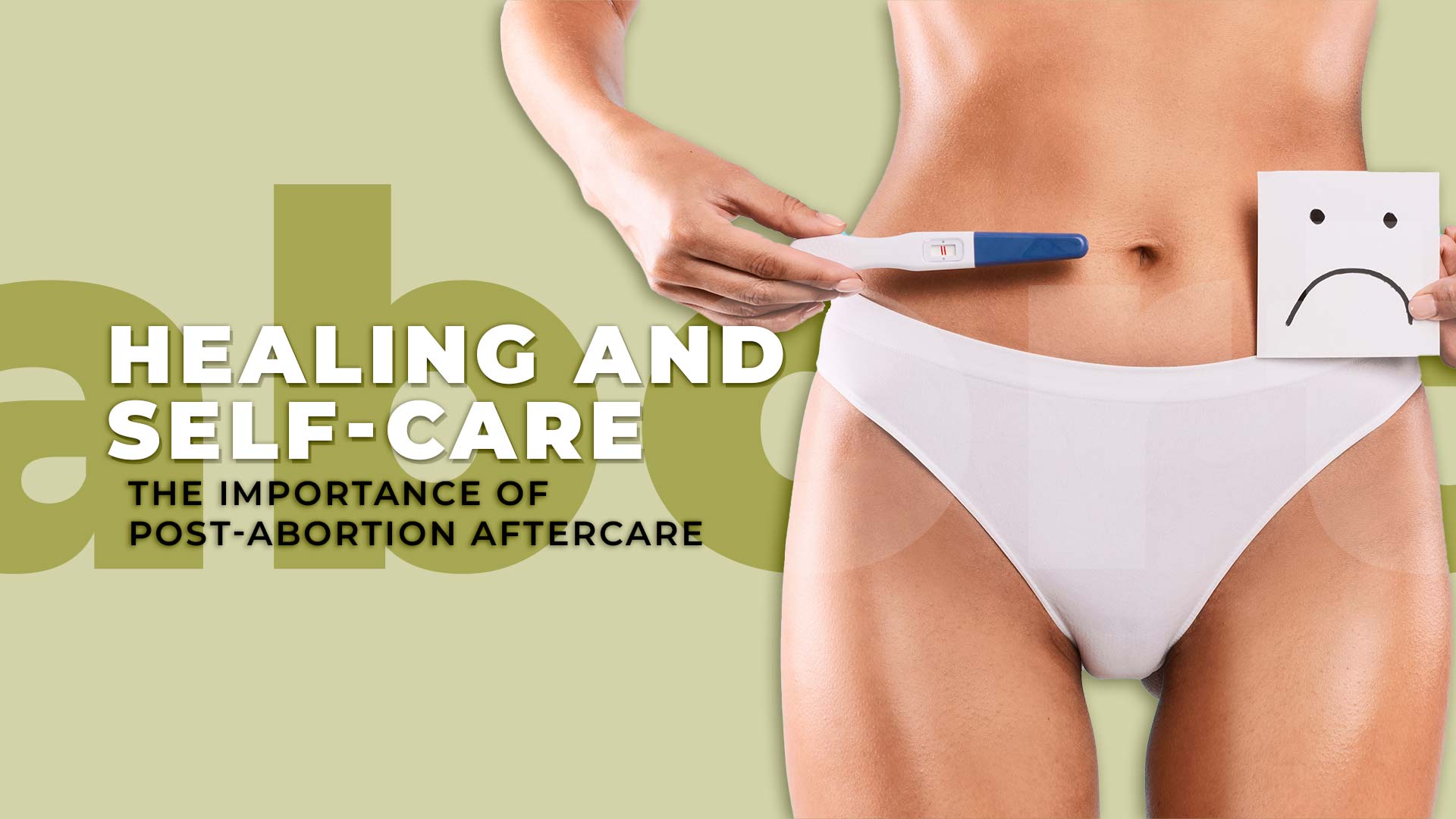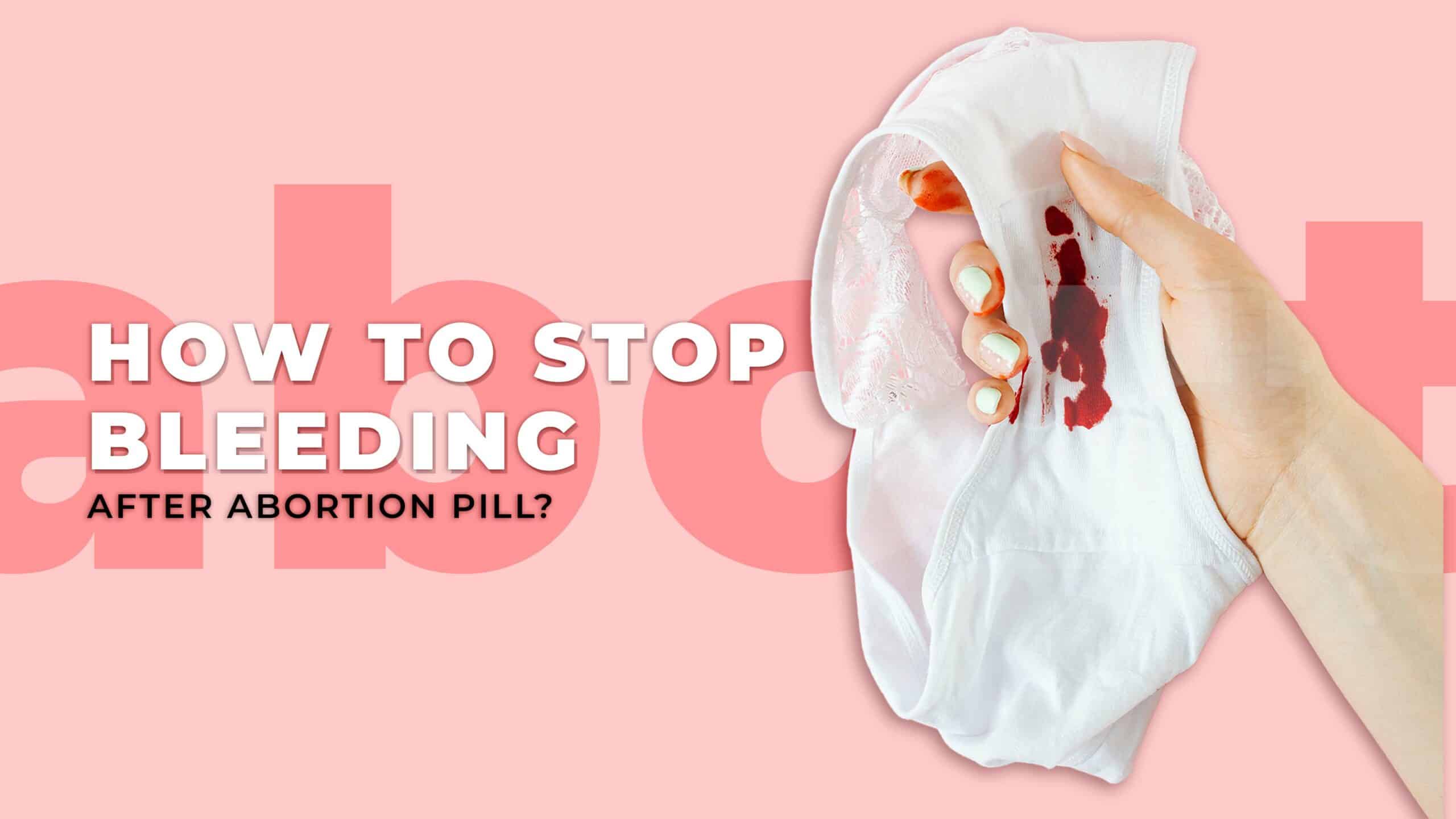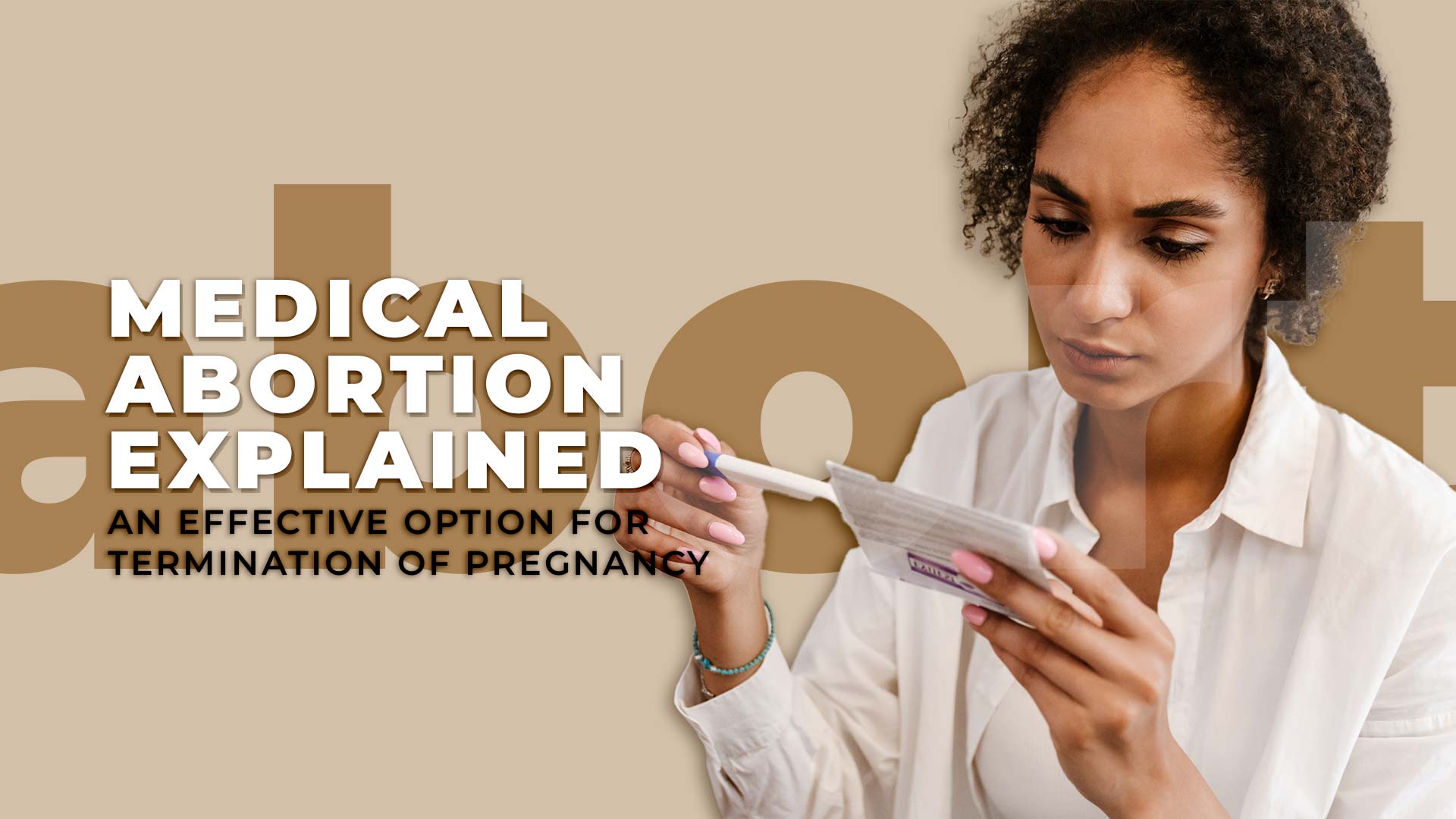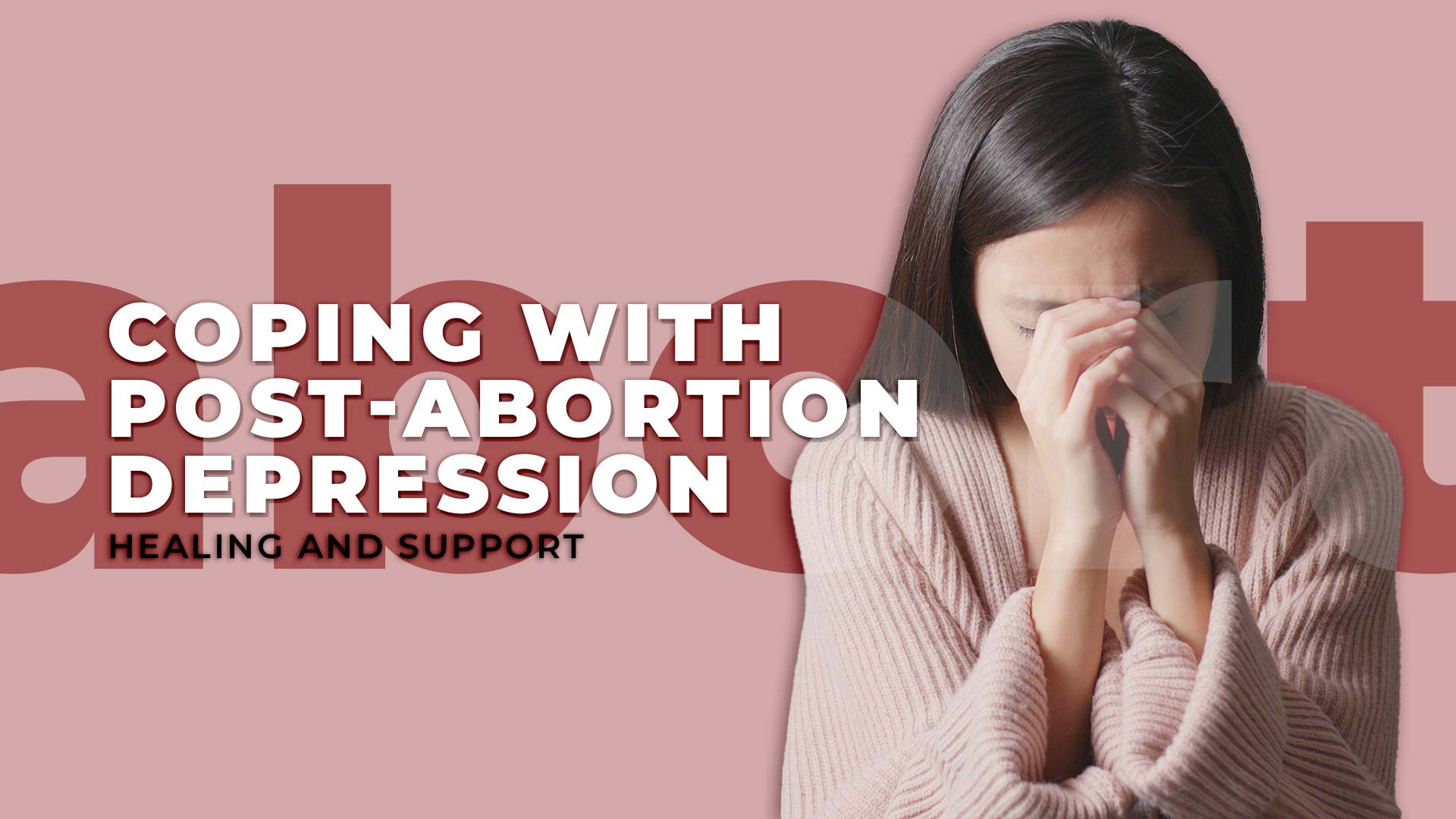After undergoing an abortion, you may be wondering how to take care of yourself now that the procedure is over. The recovery process can vary depending on the stage of pregnancy and the method used for the abortion.
There are two main types of abortion:
- Surgical: This involves a medical professional performing a procedure to remove the fetus and placenta (the organ that develops during pregnancy) from the uterus.
- Medical: In this case, you take medication to terminate the pregnancy, often referred to as the “abortion pill.” The MTP kit blocks the hormones necessary for pregnancy to continue, leading to cramping and bleeding as the uterus empties.
Abortion procedures are generally safe, with minimal risks. However, it is normal to experience mild side effects such as bleeding and cramping.
Whether you had a surgical or medical abortion, you can expect to have certain symptoms afterward. Your doctor will provide you with specific guidelines and recommendations for post-abortion care. Follow their instructions closely. Practicing proper self-care can help alleviate symptoms and reduce the risk of complications.
What to Expect After an Abortion?
Post-abortion experiences vary depending on the type of abortion procedure performed. The appropriate method is recommended by a doctor based on the individual’s medical needs and pregnancy stage. The types of abortion include:
- The abortion pill
- Vacuum aspiration
- Dilation and evacuation (D&E)
For more information on the different types of abortion, please refer to additional resources.
After the procedure, it is typical for a person’s regular menstrual period to resume within 4-6 weeks. However, initially, they may experience irregular spotting or bleeding.
Emotional changes and intense feelings can occur in the days and weeks following an abortion. Hormonal fluctuations contribute to this, along with an individual’s personal emotions regarding their abortion or pregnancy.
Understandably, having an abortion can be an emotionally demanding experience, and seeking support from close friends during the days and weeks following the procedure is advisable.
Note that pregnancy can occur as soon as ovulation takes place, even before the first period after an abortion. Therefore, if an individual wishes to prevent pregnancy, it is crucial to use contraception or abstain from sexual activity.
Post-Abortion Care
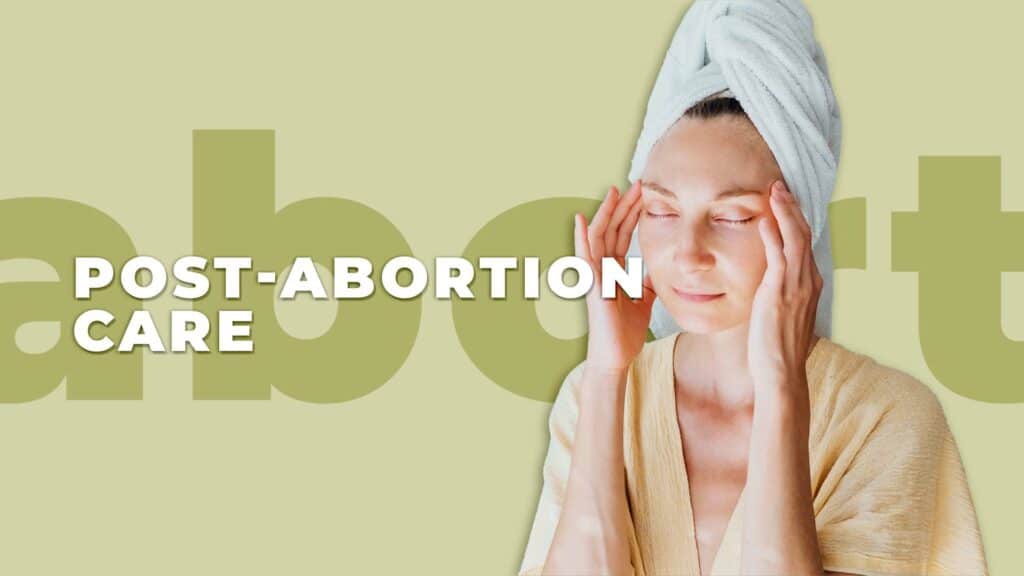
To alleviate discomfort or pain in your abdominal region, you can try the following:
- Place a heating pad on your lower abdomen or apply a warm water bottle filled with warm water on your abdomen.
- Take over-the-counter painkillers as directed.
After your procedure, follow these activity guidelines:
- Rest as needed.
- Avoid engaging in strenuous activities during the first few days, including lifting anything heavier than 10 pounds or 4.5 kilograms (approximately the weight of a 1-gallon or 4 liters milk jug).
- Refrain from performing vigorous aerobic exercises or running. Light housework is acceptable.
- Use pads to absorb any bleeding or discharge from your vagina, and change them every 2 to 4 hours to prevent infection.
- Refrain from using tampons or inserting anything into your vagina, including douching, for one week.
- Avoid having vaginal intercourse for 2 to 3 weeks or until your healthcare provider gives clearance.
- Take any prescribed medication, such as antibiotics, as instructed.
- Use contraception immediately after your procedure, as you can become pregnant even before your normal menstrual cycle resumes. Contraception helps prevent unintended pregnancies, although note that unplanned pregnancies can still occur even when using birth control.
- Unless instructed otherwise by your healthcare provider, avoid taking baths or swimming for one week. However, showering is permitted.
Emotional Support
Making the decision to have an abortion can be challenging, and the experience itself can evoke a range of emotions.
Hormonal shifts that occur after the procedure can contribute to mood changes. Following an abortion, there is a gradual decrease in progesterone and estrogen levels, which can lead to feelings of low mood and mood swings.
As a person’s menstrual cycle resumes and hormone levels stabilize, these emotional fluctuations are likely to subside.
However, acknowledge that some individuals may continue to face emotional difficulties that should not be ignored. Research indicates a correlation between abortion and higher rates of depression, anxiety, sleep disorders, and other mental health conditions.
Furthermore, individuals with a history of mental health challenges may be more susceptible to experiencing these effects.
To prioritize emotional well-being, it is advisable for individuals to take sufficient time off from work, confide in trusted family members and friends, and seek professional assistance if they encounter mental health difficulties. Consulting with a healthcare provider can provide valuable guidance and support in such situations.
Rest and Recovery
Resting is key to managing most common side effects after an abortion, and many individuals prefer to take it easy for a day or two until they can resume normal activity levels. Listen to your body’s cues.
- Even if you feel well, it is advisable to avoid vigorous exercise for the first week.
- Engaging in increased activity, such as returning to work, may lead to more cramping and bleeding.
- Breast or chest tenderness and swelling can persist for up to 2 weeks.
- To reduce discharge, it is recommended to avoid stimulating the nipples.
- Passing clots, particularly when getting out of bed, is a normal occurrence.
Most pregnancy symptoms start to diminish within 24 hours after the abortion, and nausea typically subsides by the third day.
Menstrual Cycle, Pregnancy, and Birth Control

Following your abortion, your body will initiate preparations for your upcoming menstrual cycle. It’s crucial to understand that you can conceive and become pregnant before your next period if you engage in unprotected sexual intercourse. This is a good time to have a conversation about birth control with your partner, as they also bear the responsibility of preventing an unintended pregnancy.
The timing of your first period after the abortion will typically align with your usual cycle lengths, ranging from 4 to 6 weeks.
Preventing Infection
The most common complication following an abortion is infection in the uterus and fallopian tubes. It’s important to be aware of the signs of infection, which include:
- Fever above 101°F (38.3°C).
- Abdominal pain that differs from regular cramping.
- Foul-smelling discharge.
Here’s what you should do to prevent infection:
- If you feel feverish, monitor your temperature twice daily for 48 hours. Contact a nurse if your temperature reaches 101°F (38.3°C) or higher and remains elevated for more than 12 hours.
- Take the prescribed antibiotic provided by Planned Parenthood until you have finished the entire course.
- Refrain from engaging in sexual intercourse for 1 week.
- If you had a surgical/in-clinic abortion, avoid using tampons for 1 week. However, after a medical abortion/abortion pill, it is permissible to use tampons immediately.
- Do not douche for 1 week.
- Avoid using perfumes, bubbles, or oils in your bath water.
By following these guidelines, you can help minimize the risk of infection and promote a healthy recovery.
Do’s and Don’ts After Abortion
Do’s:
- Rest and take it easy for a day or two until you feel comfortable returning to your normal activities.
- Follow any specific post-abortion instructions provided by your healthcare provider.
- Use pads to absorb bleeding and change them regularly to maintain cleanliness and prevent infection.
- Seek emotional support from trusted friends, family, or support groups, if needed.
- Begin using contraception immediately after the abortion to prevent future unintended pregnancies.
- Contact your healthcare provider if you experience any abnormal or concerning symptoms.
- Attend any scheduled follow-up appointments with your healthcare provider.
Don’ts:
- Avoid engaging in strenuous physical activities, heavy lifting, or vigorous exercise for at least a week after the abortion.
- Do not use tampons or insert anything into your vagina, including douching, for the recommended time period (usually 1-2 weeks) to avoid introducing bacteria and potential infection.
- Refrain from having vaginal intercourse until cleared by your healthcare provider, which is typically around 2-3 weeks after the procedure.
- Avoid taking baths or swimming for the recommended time period unless instructed otherwise by your healthcare provider. Showering is generally permitted.
- Do not delay seeking medical attention if you experience prolonged heavy bleeding, severe pain, fever, foul-smelling discharge, or other concerning symptoms.
Follow the specific instructions provided by your healthcare provider, as individual circumstances and recovery can vary.
When to Seek Medical Attention?
Abortion clinics often have a 24-hour advice line available to assist individuals in determining whether their symptoms require medical treatment. If any of the following symptoms occur, call the advice line, local emergency services, or visit the emergency room:
- Experiencing increased or excessive bleeding that saturates two or more maxi-size pads within 1-2 hours.
- Experiencing severe back or abdominal pain.
- Feeling dizzy or faint.
- Developing a fever.
- Noticing foul-smelling discharge.
- Experiencing persistent nausea and vomiting.
Final Thoughts

Both medical and surgical abortions are generally safe procedures, although be aware of potential side effects and rare complications.
Most individuals can anticipate experiencing bleeding and cramping that is more intense and longer-lasting than their regular menstrual periods. These symptoms can be managed with over-the-counter or prescribed pain medications, as well as home remedies such as heating pads.
Some people may also encounter additional symptoms such as nausea, vomiting, diarrhea, and breast pain. If possible, it is advisable to take a few days off from work or school to rest and prioritize self-care.
Regarding resuming normal activities, including penetrative sex and tampon use, it is typically recommended to wait for approximately two weeks following the abortion. However, most forms of birth control can be initiated on the same day as the abortion.
Having a support system in place can be beneficial, as it is common to experience intense emotions after an abortion, even if you are confident in your decision.
Remember that each individual’s recovery experience may differ. Stay attentive to your body and mental well-being post-procedure, and don’t hesitate to seek assistance if you have concerns regarding any symptoms you may be experiencing.
References
- Abortion care. (n.d.).
https://www.acog.org/womens-health/faqs/induced-abortion?utm_source=redirect&utm_medium=web&utm_campaign=otn - Jones, R. K., et al. (2017). Population group abortion rates and lifetime incidence of abortion: United States, 2008–2014.
https://ajph.aphapublications.org/doi/full/10.2105/AJPH.2017.304042 - Caring for yourself after your abortion. (n.d.).
https://www.bpas.org/abortion-care/abortion-aftercare - Reardon, D. C. (2018). The abortion and mental health controversy: A comprehensive literature review of common ground agreements, disagreements, actionable recommendations, and research opportunities.
https://www.ncbi.nlm.nih.gov/labs/pmc/articles/PMC6207970 - Post-abortion care. (2013).
https://www.ncbi.nlm.nih.gov/books/NBK304195 - Sajadi-Ernazarova, K. R., et al. (2022). Abortion complications.
https://www.ncbi.nlm.nih.gov/books/NBK430793

